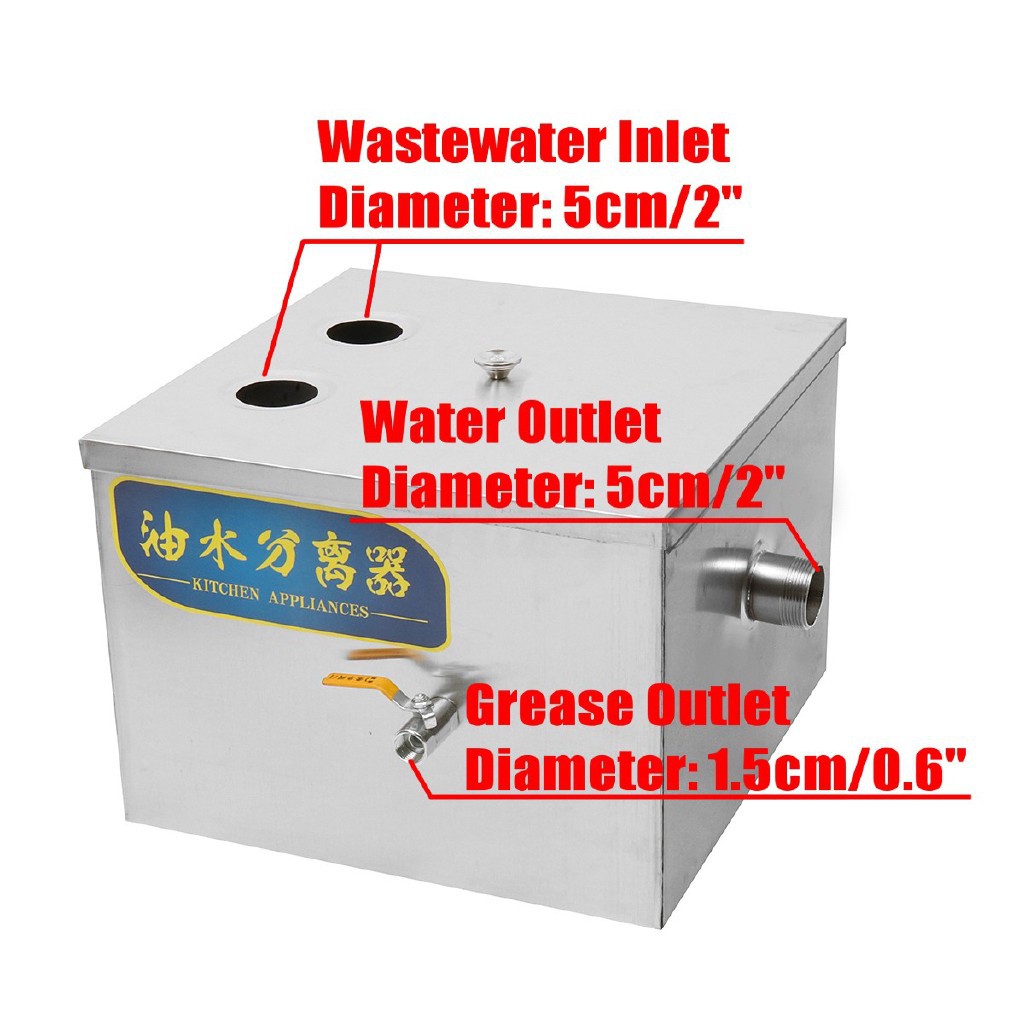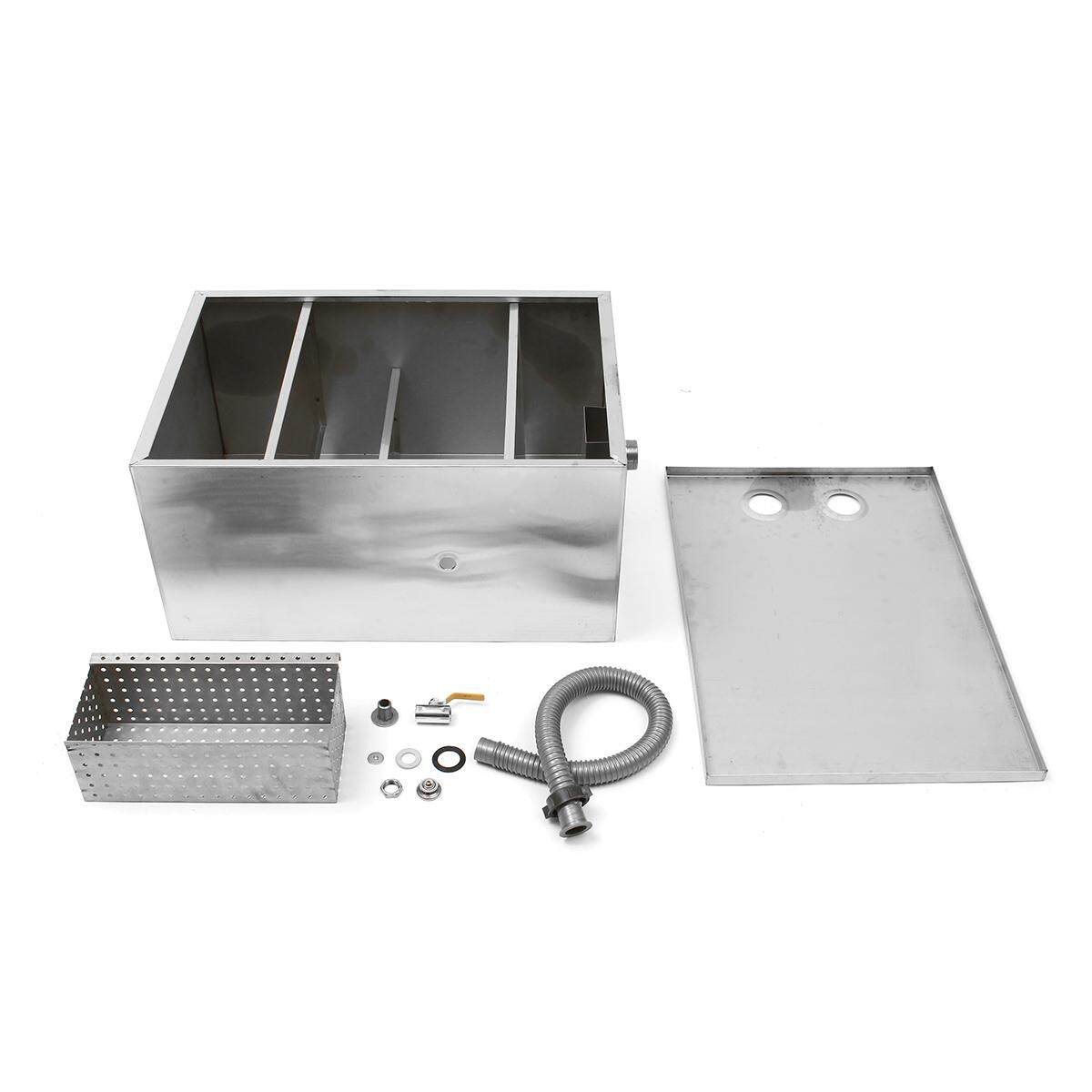chuckapotamus
Member
Hi guys,
I'm new here, and I am from the Philippines. I also kind of need help.
I kind of got an idea of how a grease trap works, but I still need some information on how to install them. In my technical college, they didn't teach us anything about grease traps since we lack equipment and materials.
A friend of mine wants me to install a grease trap for him.
This is the grease trap that he wants me to install:

From my understanding, I connect those two holes (wastewater inlet) on top of the grease trap to the kitchen sinks. I suppose I connect the hole on the side (waterout outlet) to the soil pipe. I am not sure what to do with the valve (grease outlet), and I don't know what it does. I am not sure if I am correct with my guesses here.
These are the parts that came with it:

One of the things that I am wondering is if you guys would recommend keeping the P-trap underneath the sink. The other thing I am wondering is how would you suggest I install pipe connecting to the waste pipe.
I'm new here, and I am from the Philippines. I also kind of need help.
I kind of got an idea of how a grease trap works, but I still need some information on how to install them. In my technical college, they didn't teach us anything about grease traps since we lack equipment and materials.
A friend of mine wants me to install a grease trap for him.
This is the grease trap that he wants me to install:
From my understanding, I connect those two holes (wastewater inlet) on top of the grease trap to the kitchen sinks. I suppose I connect the hole on the side (waterout outlet) to the soil pipe. I am not sure what to do with the valve (grease outlet), and I don't know what it does. I am not sure if I am correct with my guesses here.
These are the parts that came with it:

One of the things that I am wondering is if you guys would recommend keeping the P-trap underneath the sink. The other thing I am wondering is how would you suggest I install pipe connecting to the waste pipe.





